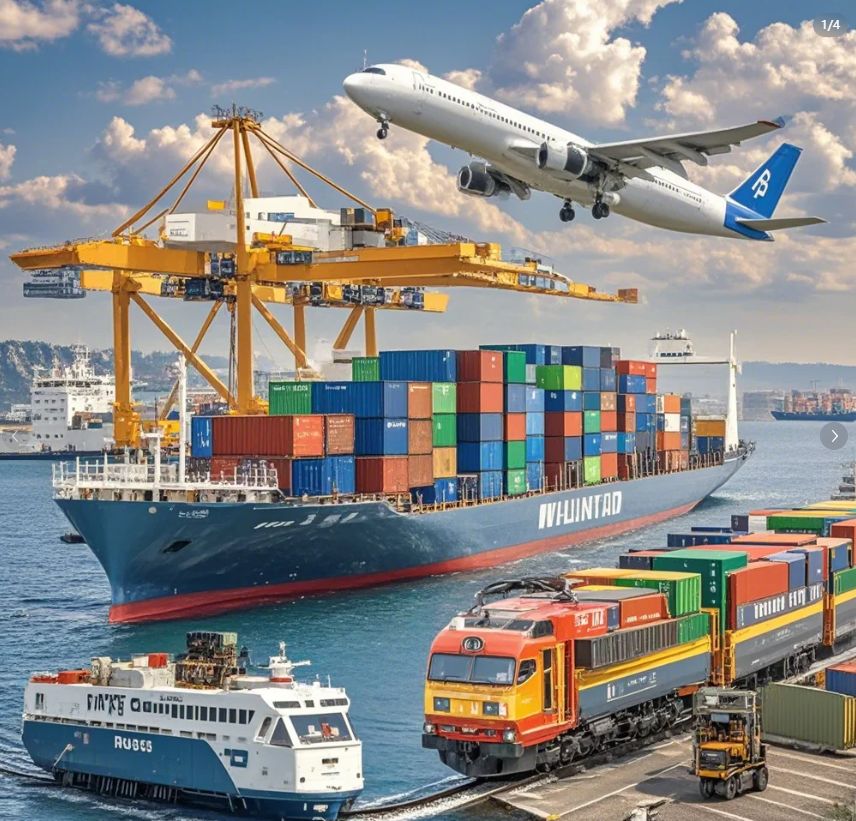TEU, IMO, POL, POD, ETD, ETA Explained
Release time:
2025-08-05
In international logistics—especially shipping from China to the USA—understanding essential freight terms is key to effective communication and operational efficiency. Here’s a quick guide for newcomers to grasp the most commonly used industry acronyms:
📦 TEU (Twenty-foot Equivalent Unit)
A TEU is a unit of measurement based on a 20-foot standard shipping container. One 40-foot container equals 2 TEUs. In freight forwarding, a “large container” typically refers to a 40-foot container, while a “small container” means a 20-foot container.
🚢 IMO NO. (International Maritime Organization Number)
The IMO number is a vessel’s unique identifier, consisting of the prefix “IMO” followed by seven digits. This number is globally unique and remains unchanged throughout the vessel's lifetime, regardless of name or ownership changes.
⚓ POL & POD
POL (Port of Loading): The port where the cargo is loaded onto the vessel—usually a Chinese export port like Shanghai, Shenzhen, or Ningbo.
POD (Port of Discharge): The port where the cargo is unloaded—typically a U.S. destination port such as Los Angeles, Long Beach, or New York.
💡 Note: POD can sometimes also refer to Port of Delivery, the final destination where cargo is handed over to the consignee. If the delivery point is inland (e.g., Chicago or Atlanta), Place of Delivery is a more accurate term.
⏱ ETD / ETA / ATD / ATA
ETD (Estimated Time of Departure)
ETA (Estimated Time of Arrival)
ATD (Actual Time of Departure)
ATA (Actual Time of Arrival)
These timestamps are crucial for planning shipments, customs clearance, and delivery schedules.
🔍 How to Check Schedules Efficiently?
For new freight forwarders, having accurate vessel schedule data is essential. We recommend using the Veyon Schedule Query Platform, which allows you to:
Search by port of origin and destination
View direct and transshipment routes
Compare LCL and FCL options
Check ETD/ETA across carriers
Track vessel names, voyages, and co-loading carriers
Access live vessel tracking
It’s a powerful tool for planning and booking shipments with confidence.
✅ Final Thoughts
Mastering these basic terms is the first step to becoming a professional freight forwarder. Whether you're new to the industry or training a team, this glossary provides a solid foundation for handling China–USA shipping operations with ease.
For more insights, operational tips, or tailored freight solutions between China and the U.S., feel free to explore our website or contact our team for expert assistance.
RELATED BLOG
Understanding Door-to-Door Sea Shipping from China to the USA: A Comprehensive Guide
Door-to-door sea shipping from China to the USA is a logistics service that entails transferring goods from a seller's location directly to the buyer's specified destination. This method is especially advantageous for businesses looking to import large quantities of products due to its cost-effectiveness and ability to handle bulky items. The door-to-door sea shipping process generally consists of
View Details









